At-home treatments and lifestyle changes may help ease the symptoms and improve the appearance of varicose veins — but they aren’t a cure
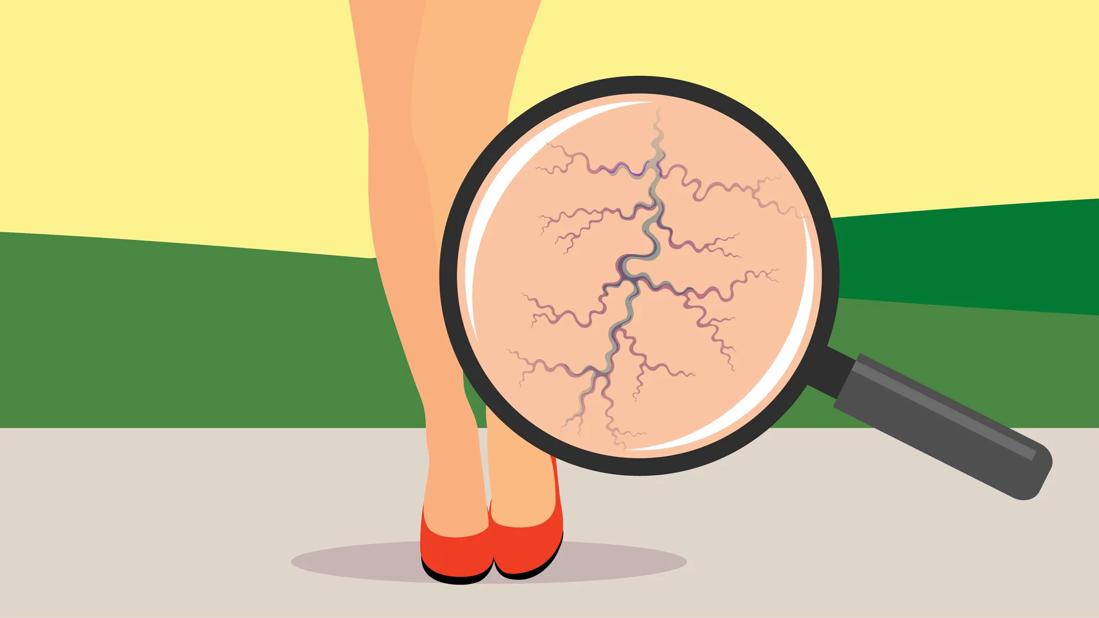
Varicose veins make themselves known in many ways — none of them good. And you may not have a choice: Sometimes, the veins have to be removed. But in most cases, you can get at least some relief from the pain, swelling and itching with home remedies and lifestyle changes.
Advertisement
Cleveland Clinic is a non-profit academic medical center. Advertising on our site helps support our mission. We do not endorse non-Cleveland Clinic products or services. Policy
Vascular surgeon Kathleen Boyle, DO, explains the basics of varicose vein self-care.
While you can’t get rid of varicose veins without undergoing a procedure, there are home remedies and self-care practices that can make them easier to live with.
Wearing compression socks and other compression apparel is perhaps the most effective home remedy for varicose veins.
“Compression garments don’t let your veins dilate, which reduces symptoms like aching, throbbing and itching, especially when worn throughout the day,” Dr. Boyle explains.
Medical-grade compression clothing comes in interesting and fun colors and patterns, but you can also get sheer versions that resemble pantyhose.
The type you need depends on how far up your legs your varicose veins extend. You can get knee-high, thigh-high or even legging-style garments that cover your stomach. If you go for compression leggings, Dr. Boyle advises monitoring your feet for swelling.
Compression clothing can make a world of difference. But Dr. Boyle notes that you won’t feel the benefits of compression unless you get products that are medical grade. When in doubt, ask your provider for recommendations.
If you can safely elevate your legs above your heart, gravity will help your veins push the blood that’s pooled in your legs back up in the direction of your heart.
Advertisement
“It’s kind of impractical, but if you can do it, you’ll notice your symptoms improving,” Dr. Boyle says.
If a legs up the wall pose isn’t in the cards for you, try a leg elevation pillow or an adjustable bed. Not happening? Even elevating your legs slightly with an ottoman or recliner can help reduce the pressure on your veins.
While exercise can’t eliminate varicose veins, getting your blood pumping can ease symptoms and temporarily improve your veins’ appearance.
And don’t worry: You don’t have to run marathons to see those benefits. Dr. Boyle says taking a walk at night is the first thing she recommends to her patients.
“Your legs are down throughout the day, and you probably aren’t moving around as much,” she notes. “If you go for a walk at night, it helps get your blood circulating well. And you’ll feel better when you’re resting.”
If standing and walking isn’t ideal for you, try exercises you can do sitting or lying down, like ankle or calf raises.
Massages can’t cure varicose veins, but they may temporarily reduce swelling and discomfort.
There’s one caveat, according to Dr. Boyle: Speak to your provider before getting a massage or massaging your veins yourself if you’ve had an episode of phlebitis — superficial vein swelling without a blood clot.
Some spas and massage parlors don’t massage varicose veins as a matter of policy. Usually, that’s because they’re concerned about dislodging a clot, causing tears and bleeding, or otherwise damaging your veins.
If you can’t go to a local spa or massage studio, ask your healthcare provider to refer you to a medical massage therapist. These practitioners work closely with your medical team and tailor their therapy to fit your health concerns. They may even teach you how to massage your legs at home.
Varicose vein massages may come with extra precautions. But you don’t have to be afraid of them.
“We even tell patients who’ve had thrombophlebitis (vein swelling from a blood clot) to massage those veins eventually,” Dr. Boyle says. “You need to soften up and break up the area that’s all hard.”
The varicose vein home remedies you find online are often weird, but they’re rarely dangerous. Unless you have an allergy, the worst thing to come from rubbing apple cider vinegar or garlic oil on your skin is a smelly mess.
“As long as the thing you’re doing isn’t making you worse, you can always try an unconventional home remedy. But if it makes your veins or a wound like a venous leg ulcer look worse, stop using it,” Dr. Boyle stresses.
Advertisement
While there’s little harm in trying some of the wackier remedies, Dr. Boyle does advise staying away from any devices being advertised online.
“Don’t spend lots of money on something that says it will eliminate your spider veins or eliminate your varicose veins because I don’t think it will,” she urges. The only way to do it is to see a vein specialist.
While it doesn’t help in the moment when your legs are itching, painful or tender, a good self-care regimen can make everyday life with varicose veins a little easier. Consider:
Advertisement
For some people, home remedies and self-care aren’t enough to bring symptom relief. Dr. Boyle strongly recommends treatment if you experience:
Talk to your healthcare provider about treatment. A conversation isn’t a commitment — and understanding your condition may help you better recognize your symptoms.
“I think most people don’t even realize how much their legs bother them until we eliminate the veins,” she empathizes. “But afterward, they feel like their leg is lighter and they have more energy.”
Advertisement
Learn more about our editorial process.
Advertisement

Regular exercise, an iron-rich diet, adequate sleep and bedtime routines that include a warm bath or massage may help with your kid’s RLS
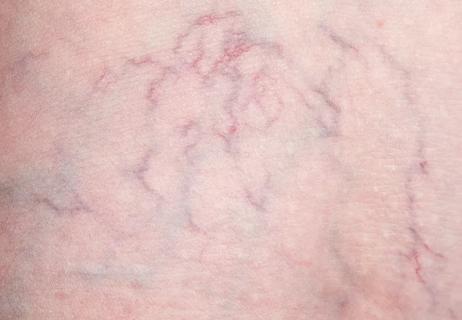
Unlike varicose veins, spider veins don't necessarily indicate poor circulation
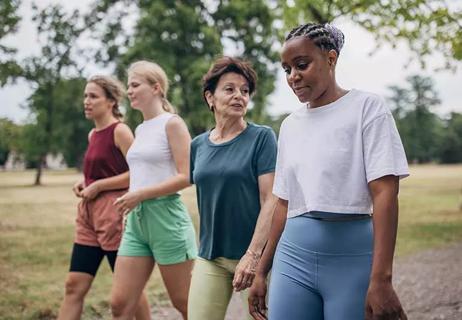
Cardio can reduce the appearance of varicose veins, but only temporarily
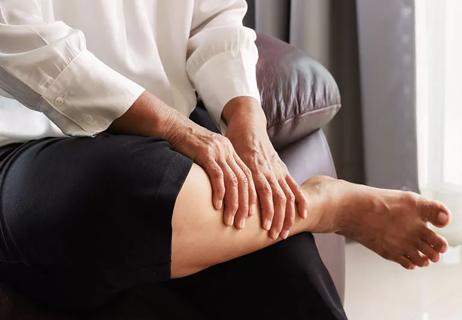
It could be your feet need a rest, but swollen legs may also be a sign of a serious condition
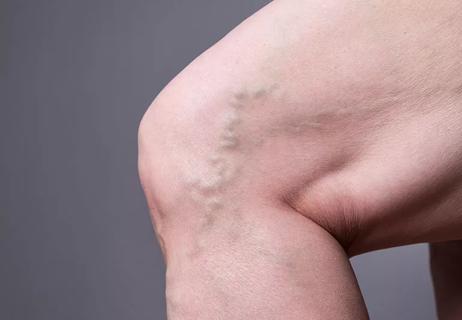
Some symptoms should be taken seriously
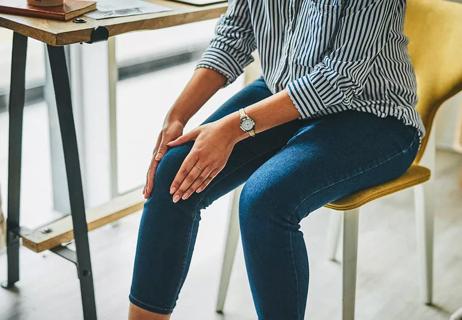
Pain may signal a damaged nerve or herniated disk
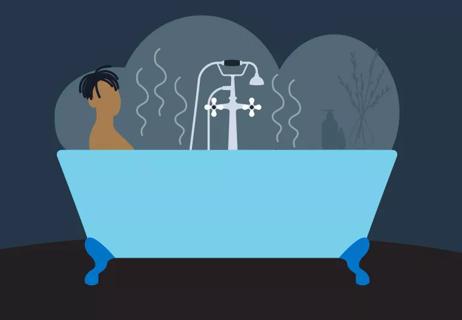
Strategies for getting the sleep you need
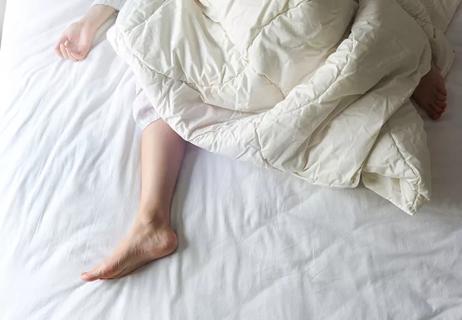
The short answer from an interventional cardiologist

Babies can get congested easily, but you can calm their cough by keeping them hydrated, using nasal drops and running a humidifier

Weight loss may cause loose, sagging skin and muscle loss to your rear

Several conditions, like vitiligo and fungal infection, can cause a loss of pigmentation, leading to white spots or patches on your skin